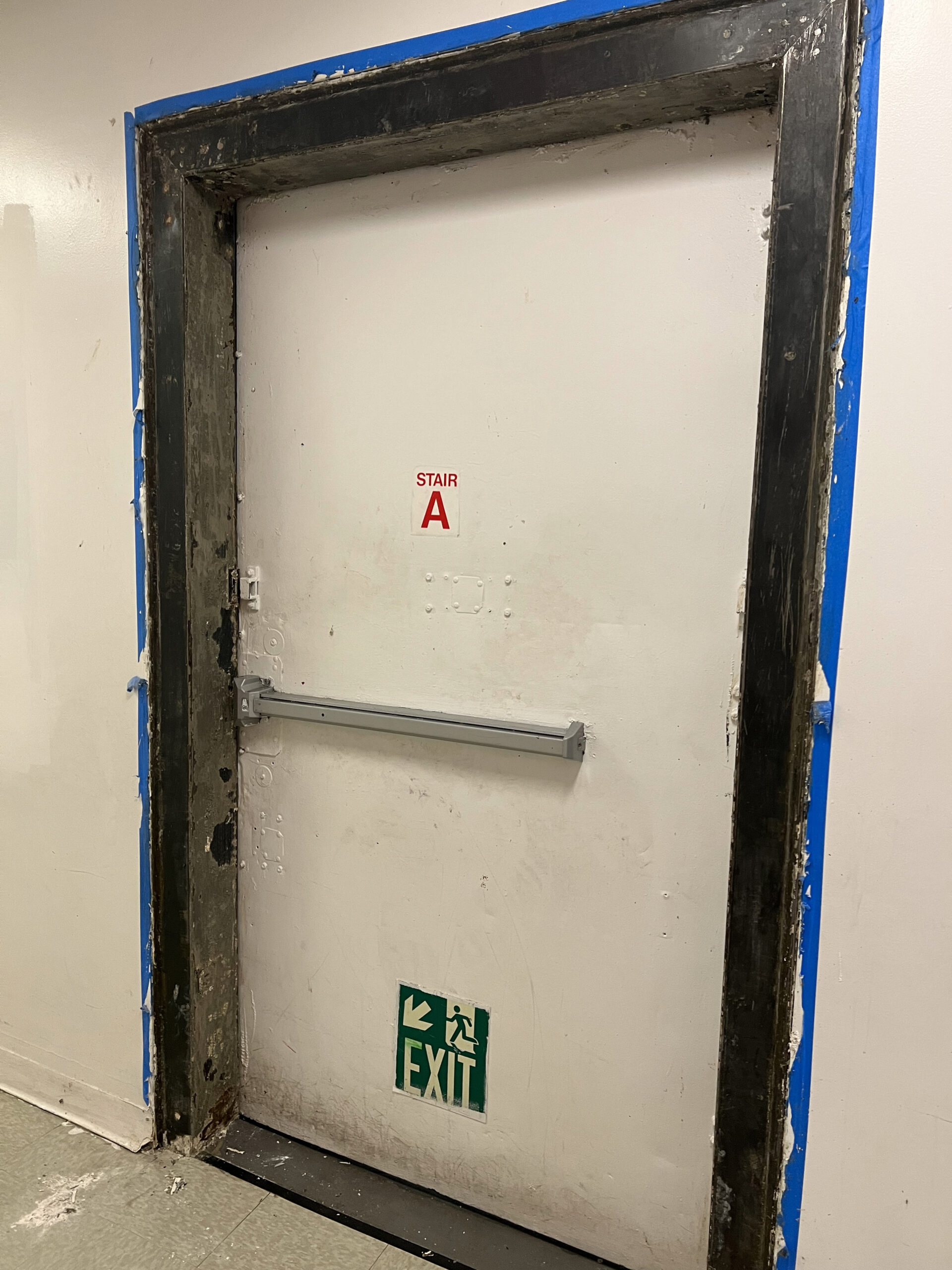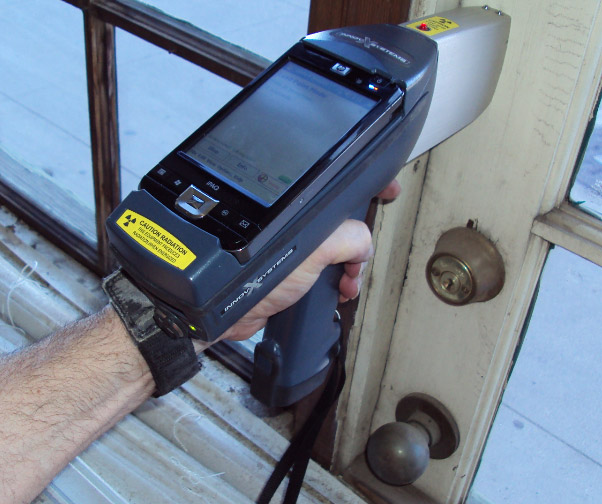Comprehensive Guide on Effective Lead Offense Elimination Techniques
In the world of ecological safety and security, attending to lead violations demands a thorough and organized approach. This comprehensive guide begins by highlighting the vital first actions of determining lead dangers through advanced evaluation and testing methods. Techniques such as XRF evaluation and dust wipe tasting are vital in determining contamination sources. Moreover, the guide clarifies on the importance of adhering to stringent safety and security procedures throughout the elimination process, including making use of appropriate PPE and isolating affected locations (Lead Paint Removal Company). The subsequent sections promise to talk about post-removal confirmation and preventive techniques, making sure long-lasting safety and conformity. Discover the detailed details that make these methods not simply effective yet essential.
Recognizing Lead Threats
Identifying lead hazards is a crucial initial step in alleviating the threats associated with lead exposure. Lead, a harmful steel, can be present in various ecological mediums, consisting of paint, dirt, water, and dirt. It poses serious wellness dangers, especially to youngsters and expectant females, leading to neurological damage and developmental hold-ups. For that reason, exact identification of potential lead resources is important for efficient remediation.
The initial stage in identifying lead dangers entails understanding common lead resources within the constructed setting. Frameworks developed prior to 1978 are specifically vulnerable due to the prevalent use of lead-based paint during that duration. In addition, soil contamination can take place from wearing away exterior paint, commercial emissions, or historic use leaded fuel.
Another considerable resource is lead piping and pipes components, which can seep lead right into alcohol consumption water. Customer products such as playthings, ceramics, and imported products may also have dangerous lead levels. Especially, job-related environments and hobbies including lead can track contaminants right into homes.
Analysis and Screening
When dealing with lead risks, effective evaluation and screening are vital. Preliminary evaluation generally involves an aesthetic inspection to identify potential lead resources, such as weakening paint or contaminated dirt.

Dust wipe sampling is another crucial method, particularly in residential setups. By accumulating examples from floors, windowsills, and other surface areas, this approach gives understandings right into possible exposure risks. he has a good point Moreover, dirt testing around building borders is important to discover lead contamination that can pose hazards, especially to kids.
Safe Removal Procedures
Upon finishing extensive evaluation and testing, implementing safe elimination treatments is the next crucial stage in resolving lead threats. This process ensures that lead-contaminated materials are properly and safely removed, minimizing risk to both employees and citizens. The initial step involves separating the affected location using plastic sheet and proper securing techniques to stop the spread of lead dirt.
Workers should don appropriate personal protective equipment (PPE), including respirators, handwear covers, and non reusable coveralls, to minimize direct exposure. Employing specialized tools and damp techniques, such as wet sanding or utilizing HEPA-filtered vacuum cleaners, lowers the dispersion of lead bits. It is vital to prevent completely dry sanding check these guys out or unpleasant blowing up, as these techniques can create damaging lead dirt.
Garbage disposal is an additional crucial component; all infected materials must be firmly gotten and labeled according to EPA and regional laws. In addition, comprehensive cleansing of the job area with HEPA vacuums and damp wiping makes sure the removal of recurring lead particles.
Post-Removal Verification

Verification of successful lead elimination, known as post-removal confirmation, is imperative to guarantee the click over here security and habitability of the remediated location. This examination guarantees that all known sources of lead have actually been resolved and that no noticeable indications of contamination stay.
Complying with the visual evaluation, ecological tasting is carried out. This involves accumulating dirt, dirt, and sometimes water examples from the remediated area. Accredited laboratories evaluate these examples to determine lead levels, ensuring they drop below the security limits established by regulatory bodies such as the Environmental Defense Agency (EPA)
Furthermore, air quality testing might be executed to detect airborne lead bits, specifically in cases where considerable lead-based paint removal or remodelling has actually taken place. The results of these examinations provide measurable data validating that the lead levels are within acceptable restrictions.
Eventually, post-removal verification acts as a crucial checkpoint, validating the performance of the lead reduction efforts and guarding the wellness of residents and site visitors.
Safety Nets and Upkeep

A key preventive step includes making use of lead-safe accredited specialists for any kind of remodelling, repair service, or paint activities. These specialists are educated in practices that minimize lead dirt and particles. Additionally, maintaining colored surface areas to stay clear of damaging or peeling is essential, as weakening paint can release lead particles into the setting.
Educational efforts targeting homeowner and renters regarding the dangers of lead and the importance of reporting any type of possible dangers can additionally enhance preventive initiatives. Regular cleansing utilizing HEPA vacuum cleaners and wet mopping methods can substantially minimize lead dirt buildup.
Verdict
In recap, effective lead offense removal necessitates a careful strategy encompassing complete analysis, accurate testing, and stringent removal treatments. Guaranteeing security with appropriate seclusion and individual protective tools remains critical. Post-removal confirmation by means of ecological tasting and air quality testing confirms conformity with well-known safety and security standards. Continuous inspections and maintenance are important to reduce future lead dangers, therefore safeguarding public health and guaranteeing sustained conformity with regulatory requirements.